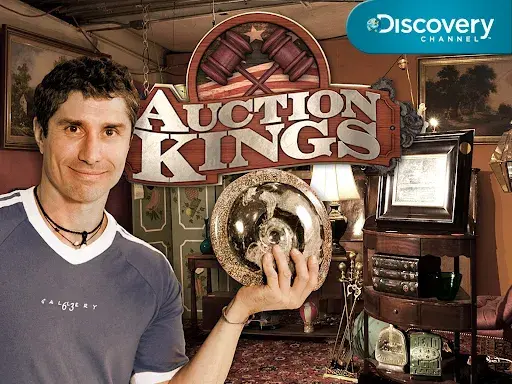David Nahmad: The Man with 4,500 Paintings
Published on

At age 78, the patriarch of the famous dynasty of dealers still has a remarkable memory for numbers. He looks back at the early beginnings of his modern art collection, now considered one of the most important in the world. © Melvyn Bourret At Giverny, you present 57 works from a corpus estimated at around 4,500—including 400 by Monet and Matisse, and 300 by Picasso—valued at several billion dollars. What do these figures evoke for you? To be honest, I don't know how many works I own. What do these figures mean? One Picasso can be worth 20! What matters to me is









